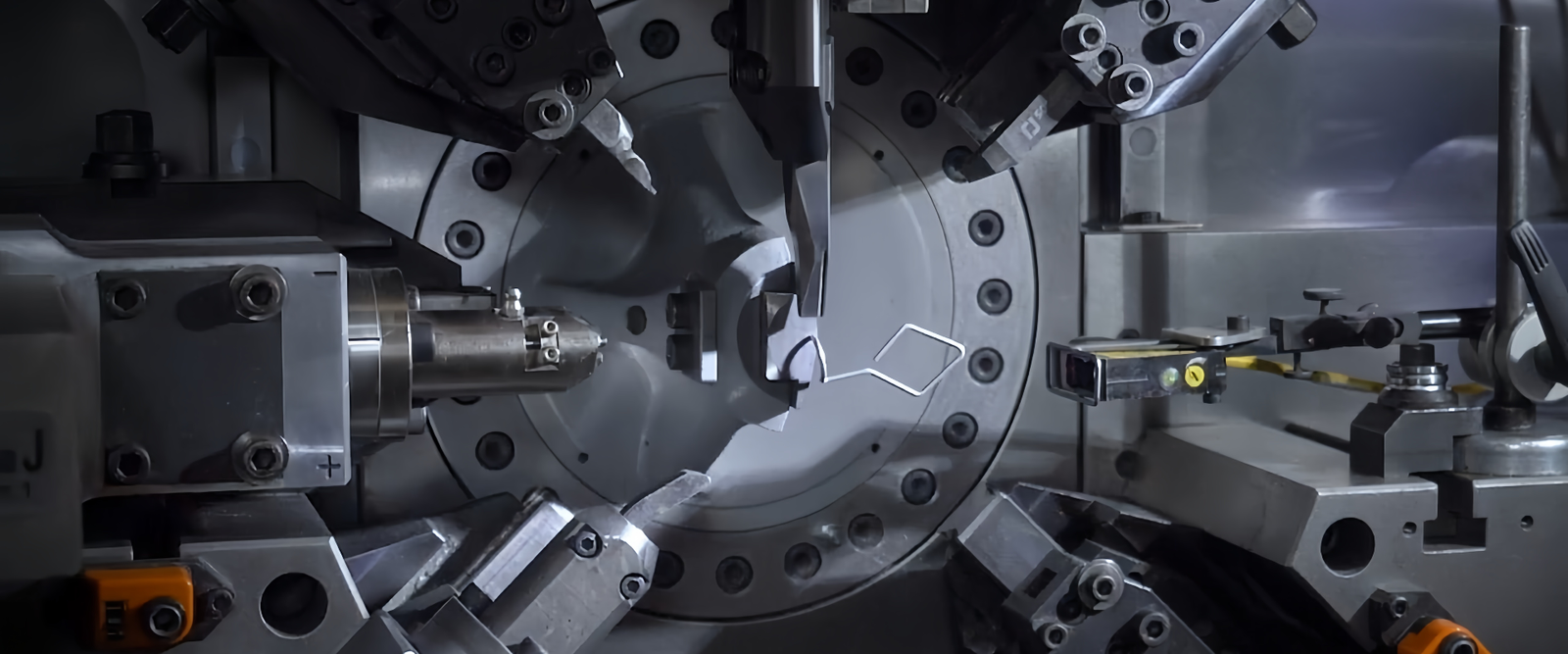When we think about communication and electronics, springs might not be the first components that come to mind. However, these small yet crucial parts play a vital role in ensuring the functionality and reliability of various devices. From providing electrical connections to ensuring consistent performance, springs are integral to the electronics industry. In this article, we’ll dive into the different types of springs used in communication and electronics items, exploring their functions and importance.
Specialized Springs in Electronic Devices
Springs are mechanical components that exert force when compressed, stretched, or twisted. In electronics, they are used for various purposes, including ensuring contact, maintaining tension, and providing shock absorption. Their versatility and reliability make them indispensable in the creation and maintenance of electronic devices.
Module Connector Springs
Module connector springs are essential for maintaining a stable connection between electronic components. They ensure that signals are transmitted without interruption and help in securing modules in their designated slots. These springs are designed to handle frequent connections and disconnections without losing their functionality.
Electrical Contact Springs
Electrical contact springs are used to establish and maintain electrical connections between different parts of a device. They are crucial for ensuring that electrical signals are transmitted effectively, which is vital for the device’s performance. These springs must be highly conductive and durable to withstand constant usage.
Battery Springs
Battery springs are found in devices that rely on battery power. They help maintain a secure connection between the battery and the device’s circuitry, ensuring a steady flow of power. Battery springs must be robust and resilient to handle the pressure exerted by the battery while maintaining electrical conductivity.
Specialized Springs in Communication Devices
Springs are not only used for general purposes in electronics but also have specialized applications in communication devices.
Antenna Springs
Antenna springs are used in communication devices to enhance signal reception. These springs allow antennas to maintain their position and orientation, even when the device is moved. They provide flexibility and resilience, which are essential for optimal signal transmission and reception.
EMI Shielding Springs
Electromagnetic interference (EMI) is a common issue in electronic devices, where unwanted signals disrupt the device’s normal operation. EMI shielding springs are used to protect sensitive components from these signals. They create a barrier that prevents interference from affecting the device’s performance.
Switch Springs
Switch springs are used in various types of switches, including those found in communication devices. They provide the necessary force to return the switch to its original position after being pressed. Switch springs must be precise and reliable to ensure that the switch operates correctly every time.
Importance of Material Selection
The performance of springs in electronic devices largely depends on the materials used in their construction. The right material ensures that the spring performs its intended function without failure.
Conductivity and Corrosion Resistance
For springs like electrical contact springs and battery springs, conductivity is a critical factor. Materials like copper and its alloys are often used due to their excellent conductivity. Additionally, these springs must resist corrosion to maintain their performance over time.
Flexibility and Strength
Springs in communication devices, such as antenna springs and EMI shielding springs, require materials that offer both flexibility and strength. Stainless steel and certain copper alloys are commonly used, providing the necessary resilience while maintaining structural integrity.
Durability and Temperature Resistance
Springs must endure repeated use and exposure to various environmental conditions. Therefore, materials that offer durability and resistance to temperature changes are essential. Materials like phosphor bronze and beryllium copper are popular choices due to their ability to withstand harsh conditions.
Advancements in Spring Technology
As technology evolves, so does the design and manufacturing of springs. Advancements in materials and production techniques have led to springs that are more efficient, reliable, and suited to modern electronic devices.
Miniaturization
With electronic devices becoming smaller, springs must also be miniaturized without sacrificing performance. Advanced manufacturing techniques allow for the creation of tiny springs that maintain their functionality even at reduced sizes.
Enhanced Performance
New materials and designs have led to springs that offer enhanced performance. For instance, springs can now provide greater force while occupying less space, making them ideal for compact electronic devices.
Customization
Manufacturers can now produce springs tailored to specific applications. Customization allows for springs that meet the unique requirements of different electronic devices, ensuring optimal performance.
Conclusion
Springs may be small, but their impact on communication and electronics items is significant. From ensuring reliable connections to protecting against interference, springs are vital components in the electronics industry. As technology continues to advance, the role of springs will only become more critical, driving innovation and enhancing the performance of electronic devices.
Understanding the various types of springs and their applications can help in selecting the right components for your electronic projects, ensuring that your devices function efficiently and reliably.
.png)



